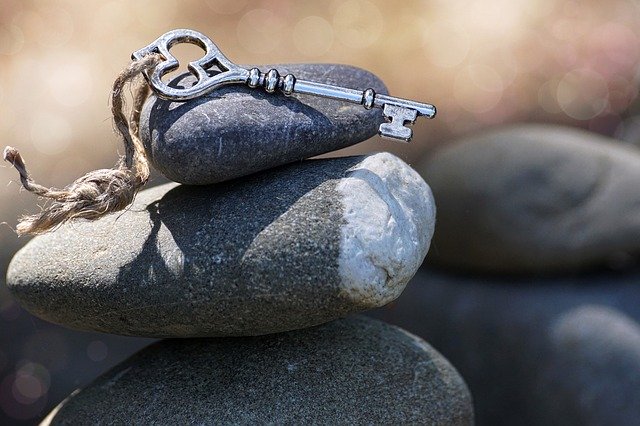As a leader, how do you balance now and later?
To be sure, we are in the midst of the most disruptive crisis since World War II. At that time, rationing, 24-hour manufacturing, and strong supply chains proved to be most effective to “get through.” Today, we rely on business leaders, in the private and non-profit sectors, to set the vision and lead us to the other side.
Even under the best of circumstances, it’s not an easy task. We know from research that stress narrows our focus and compromises decision-making capacity. We act conservatively (which is a good thing), but stress diverts our energy, attention, and creative thinking.
Focus on the Now: Stay Present
At these times, it helps to focus on the now. As I wrote in previous posts, it’s important right now to meet with your team every day—either in person, or virtually. To focus on the now, ask your team these questions:
- What do we want to accomplish?
- What did we do yesterday that worked well?
- What do we need to do today, based on any new information?
- What do you need from me to accomplish this?
Plan for Later: Think Ahead
Clearly, leaders who are able to think ten steps ahead, collaborate, partner, and foster innovative solutions. They utilize modularity—the designing and building of complex products from smaller subsystems—and diversification to protect and insulate units within the larger organization. As circumstances continue to evolve, they remain flexible.
Crowdsource designing is the next level of modularity, diversification, and innovate solutions. Think of the wide range of innovators who recently mobilized to address the serious shortage of critical equipment needed to treat the coronavirus. These designers, engineers, manufacturers, students, doctors and leaders found each other through online messaging platforms, and worked together to build innovative protective gear and ventilators.
Seven Business Models for Now and Later
In The Future is Faster Than You Think (Simon & Schuster, 2020), Dr. Peter Diamondis and Steven Kotler predict seven business models that will rule the decade:
- The Crowd Economy: Developments that leverage the billions of people already online and the billions coming online with 5G expansion. Existing developments include crowdsourcing, crowdfunding, ICOs, leveraged assets, and staff-on-demand. An example of this economy is Airbnb, which doesn’t own the real estate it lists.
- The Free/Data Economy: In exchange for data about yourself, you are given access to a tool or toy. An example of this is Facebook, Google, and Twitter.
- The Smartness Economy: Many of these goods and services are referred to as the internet of things, or IoT, which are in essence, existing tools which have become “smart.” For example, smartphones, smart speakers, and autonomous vehicles.
- Closed-Loop Economy: These waste free systems are also referred to as biomimicry or cradle-to-cradle. An example of this model is The Plastic Bank, where anyone can collect and drop off plastic for compensation, and Plastic Bank sells the plastic for reuse.
- Decentralized Autonomous Organizations (DAOs): Operations are carried out by a set of preprogrammed rules and machinery. For example, a fleet of autonomous taxis with a blockchain-backed smart contracts layer, could run itself 24-7, including driving to the repair shop for maintenance, without any human involved.
- Multiple World Models: With the growth in augmented and virtual reality, avatars for work and/or play offer increasing opportunities for new businesses. An example of this is Second Life, where players paid for the design of digital clothes and digital houses for their digital avatars.
- Transformation Economy: This is the next step in an experience economy, where people pay to have their life transformed. Examples of this are Burning Man and CrossFit, where the experience may not be pleasant, but transformative.
While some of these models may seem frivolous during this time of crisis, there are opportunities here. They can address the challenges of prolonged social distancing (multiple world model, transformation economy), the need for sterile delivery (decentralized autonomous organizations) and the strain on our healthcare (crowd economy.)
Balance Now and Later
As a leader, what steps are you taking right now, to balance now and later? Let me ask:
- What is your vision for the future?
- Which new behaviors (processes) can/should be implemented in the future? What business model(s) will support your vision?
- What are you doing, just for today, while simultaneously thinking ten steps ahead?
We will get through this together. Let me know how I can help. I can be reached here, on LinkedIN, or at 561-582-6060. I’d love to hear from you.

Did You Enjoy This Article?
Join thousands of other smart business owners like yourself & get our Proffittable Times newsletter.
It's filled with actionable content you can apply immediately.
Sign up now to get started!
– Coach Nancy










